Table of Contents
Introduction: The $1 Trillion Personalization Opportunity
In 2024, McKinsey found that banks using AI-driven customer segmentation achieve 10–30% higher conversion rates on targeted offers compared to traditional rule-based methods.
Yet, 82% of bank executives admit their teams struggle to identify relevant customer segments (Dataiku, 2024), leading to wasted marketing spend and missed revenue.
This article explores how banks like Morgan Stanley and Rabobank are replacing outdated demographic splits (e.g., “millennials” or “high-net-worth”) with dynamic, AI-powered segmentation—boosting retention, cross-sell revenue, and customer satisfaction.
The Limits of Traditional Segmentation
Most banks still rely on:
- RFM (Recency, Frequency, Monetary) models: Static tiers like “Gold” or “Platinum” based on annual spending.
- Product-centric groupings: E.g., “mortgage customers” vs. “checking account holders.”
The problem? These ignore real-time behavior. Example:
- A “Platinum” customer might be days away from churning due to poor digital experience.
- A “checking account holder” could be ripe for a wealth management offer—but never receives it.
Result: 68% of customers say bank marketing feels irrelevant (Accenture, 2023).
How AI Segmentation Works: 4 Key Techniques
1. Clustering Algorithms (Unsupervised ML)
Method: Groups customers by behavior patterns (e.g., transaction frequency, channel preference).
Example: JPMorgan Chase uses k-means clustering to identify:
- “Digital-first bargain hunters”: Respond to app-based cashback offers.
- “Branch-dependent seniors”: Targeted with in-person retirement planning seminars.
Impact: 22% higher campaign ROI (Forrester, 2023).
2. Predictive Propensity Modeling
Method: Forecasts future actions (e.g., churn risk, loan default) using historical data.
Example: Capital One’s “Next Best Action” engine:
- Analyzes 1,000+ variables per customer (e.g., card declines, customer service calls).
- Flags at-risk customers 30 days earlier than manual reviews.
Stat: Reduces churn by 15% (Harvard Business Review, 2024).
3. Real-Time Micro-Segmentation
Method: Updates segments hourly based on live interactions (e.g., website clicks, ATM use).
Example: BBVA’s AI engine:
- Spots customers abandoning a mortgage application mid-process.
- Triggers SMS/email nudges with personalized rate discounts.
Result: 40% higher completion rates (BBVA case study, 2023).
4. Hybrid AI-Human Segmentation
Method: Blends ML outputs with banker expertise.
Example: UBS’s “Client Insights” dashboard:
- AI suggests segments (e.g., “ESG-focused investors”).
- Relationship managers refine recommendations using qualitative insights.
Impact: 18% more high-value referrals (UBS annual report, 2023).
Implementation Roadmap
Step 1: Data Foundation
Requirement: Unified customer view (transaction data, CRM, web/mobile logs).
Banks with centralized data see 2.5x faster model deployment (Gartner, 2024).
Step 2: Tool Selection
Options:
- Low-code platforms (Dataiku, Alteryx): For business teams.
- Cloud ML (AWS SageMaker, Google Vertex AI): For data scientists.
Cost: $50K–$500K/year for mid-sized banks.
Step 3: Pilot Use Cases
- Churn prevention: Identify 5% of high-risk customers.
- Cross-sell: Target credit card users with pre-approved limits.
Step 4: Scale & Govern
Key: Monitor for bias (e.g., excluding underserved demographics).
Tool: IBM’s AI Fairness 360 for audits.
The Future: Generative AI & Hyper-Personalization
Trend: LLMs like GPT-4 analyze call center transcripts to create “psychographic” segments (e.g., “anxiety-prone customers” needing reassurance).
Example: Bank of America’s Erica AI assistant:
- Customizes messaging tone (formal vs. casual) based on sentiment analysis.
- Result: 35% higher engagement (BOA, 2024).
Conclusion: The Segmentation Revolution – Where Banks Go From Here
AI-powered customer segmentation isn’t just another tech trend—it’s a fundamental shift in how banks understand and serve their clients. As we’ve seen, traditional segmentation methods (like RFM tiers or product-based groupings) are no longer enough in an era where customers expect hyper-relevant, real-time engagement. The data speaks for itself:
- Banks using AI-driven segmentation see 10–30% higher conversion rates (McKinsey).
- Dynamic micro-segments can reduce churn by 15% (Capital One) and boost campaign ROI by 22% (BBVA).
- Hybrid human-AI approaches, like UBS’s dashboards, unlock 18% more high-value referrals.
3 Immediate Steps for Banks
- Audit Your Current Segments: Are they based on real-time behavior or stale demographics?
- Pilot a High-Impact Use Case: Start with churn prevention (low-risk, high-reward).
- Choose the Right Tools: Low-code platforms (Dataiku) for business teams; cloud ML (SageMaker) for data scientists.
The Road Ahead: Beyond Segmentation
The next frontier is Generative AI. Imagine:
- Automated segment discovery: LLMs mining call transcripts to identify niche groups (e.g., “freelancers with irregular cash flow”).
- Self-optimizing campaigns: AI not only defines segments but also writes personalized email copy (Bank of America’s Erica already does this).
For banks that act now, the payoff is clear: deeper relationships, higher lifetime value, and a defense against disruptors. As Claire Calmejane of Société Générale puts it: “The winners in banking won’t be those with the most data, but those who use it to make every customer feel like the only customer.”
Your Move: Pick one segment—today—and test an AI alternative. The results might surprise you.
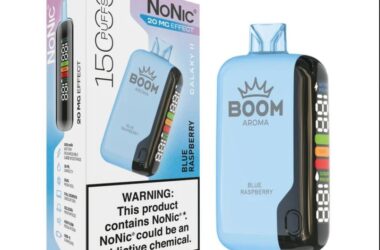
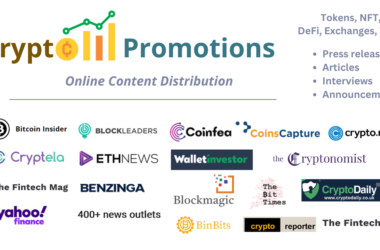
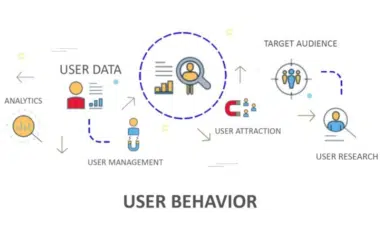
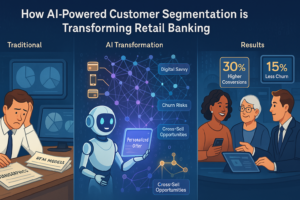



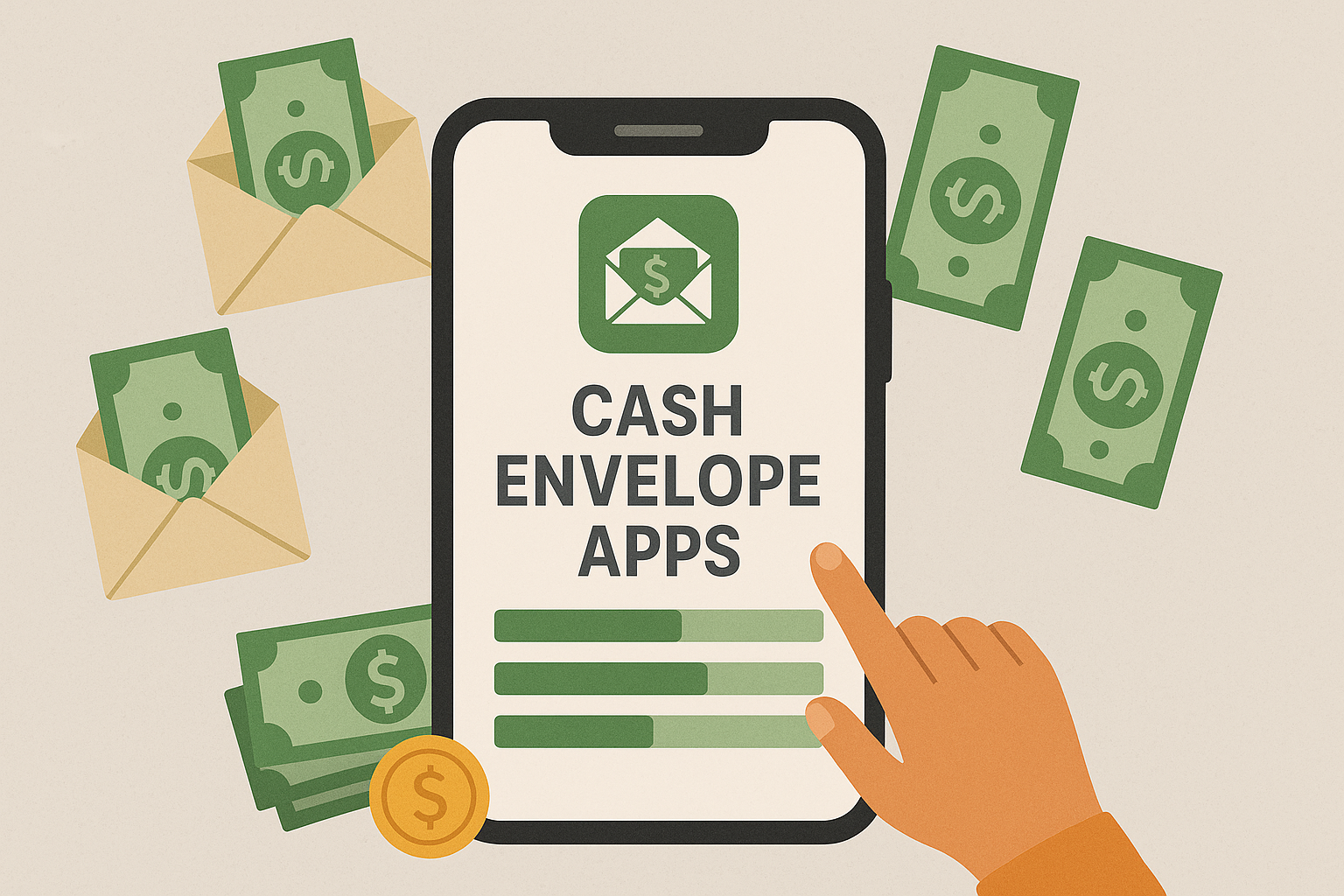

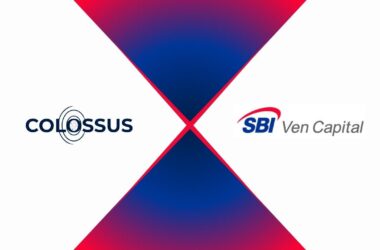




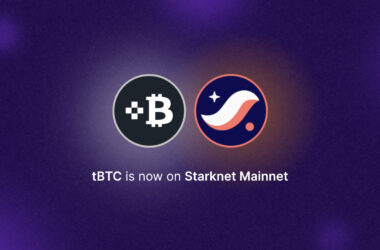

Recent Comments